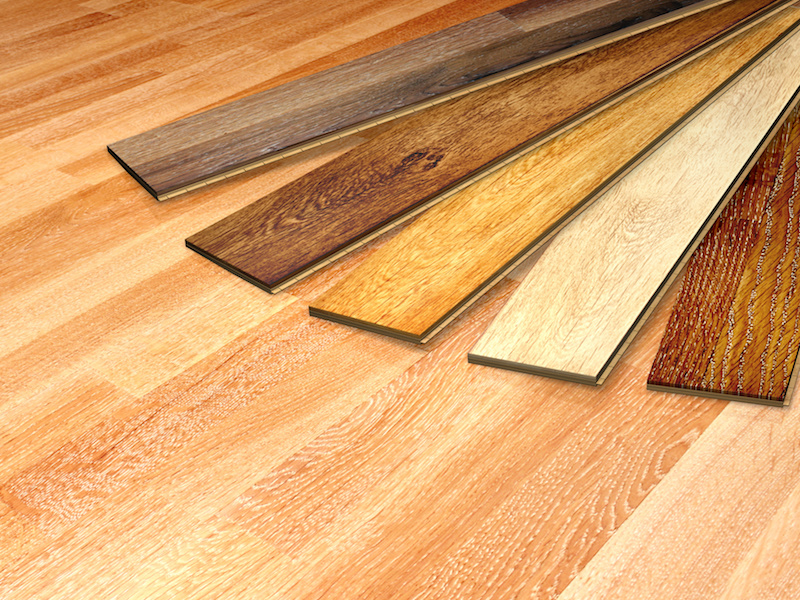The floor in your home serves more purposes than you think. Unfortunately, after years of providing you and your family with a sturdy surface to walk, stand, and sit on, residential flooring is exposed to inevitable wear and tear. As time goes by, old flooring can start to impact your indoor air quality, create tripping hazards, and muffle the beauty of your home. In today’s blog we will discuss four common reasons why homes need new flooring. Do any of the points on the list sound familiar to you? Let us know in the comments below!
Deteriorating Floors
With the exception of hardwood, new flooring materials often last anywhere from 8 to 20 years. If your home is over twenty years old and is still sporting its original flooring, you have probably already noticed signs of wear and tear. Vinyl flooring generally has a maximum life expectancy of 20 years, and will begin to tear or crack as it ages. Carpet can last as few as three years and is known to stain and fray, while hardwood floors may begin to cup or rot from excessive moisture before their fifty-year lifespan has been completed.
Improve Indoor Air Quality
Surprisingly, aged residential flooring can actually affect our homes’ indoor air quality and (as a result) our health. Some common indoor pollutants include old carpet, which is infamous for capturing dust mites. Hardwood and vinyl, on the other hand, can actually harbor mold between the flooring and the subfloor. Australia’s humid coastal regions are a perfect breeding ground for mold and 35% of the homes surveyed in a Gyprock study actually tested positive for mold spores. Some common effects of indoor air pollution, caused by both dust mites and subfloor mold, include asthma-like symptoms, frequent bouts of the flu, and throat irritation.
A Visual Upgrade
As a continuous focal point throughout your home, your flooring is something that catches the attention of your family and guests, whether you like it or not. A new floor is always a great way to improve the interior of your home and is especially effective after painting your walls or getting new furniture.
Better Support and Cushion Underfoot
Have you ever stood on new flooring that looks beautiful, but hurts your joints after standing for a long period time? Today, roughly 3 million Australians suffer from some type of back problems with mild to severe pain. Many orthopedic doctors and general practitioners believe that the type of flooring you stand on takes a large toll on your back, hips, and knees. This suggests that people who cook or stand for long periods of time on an unsupportive floor run a risk of worsening existing back and joint pain. If you’re considering replacing your floor for something with more support, consider installing a type of floor that incorporates an underlay.
If any of the points in today’s blog remind you of the floor in your home, it may be time to consider investing in new flooring. If you need help selecting the best residential flooring for your home, or would like to speak to a professional to get help with installation, contact us today!

